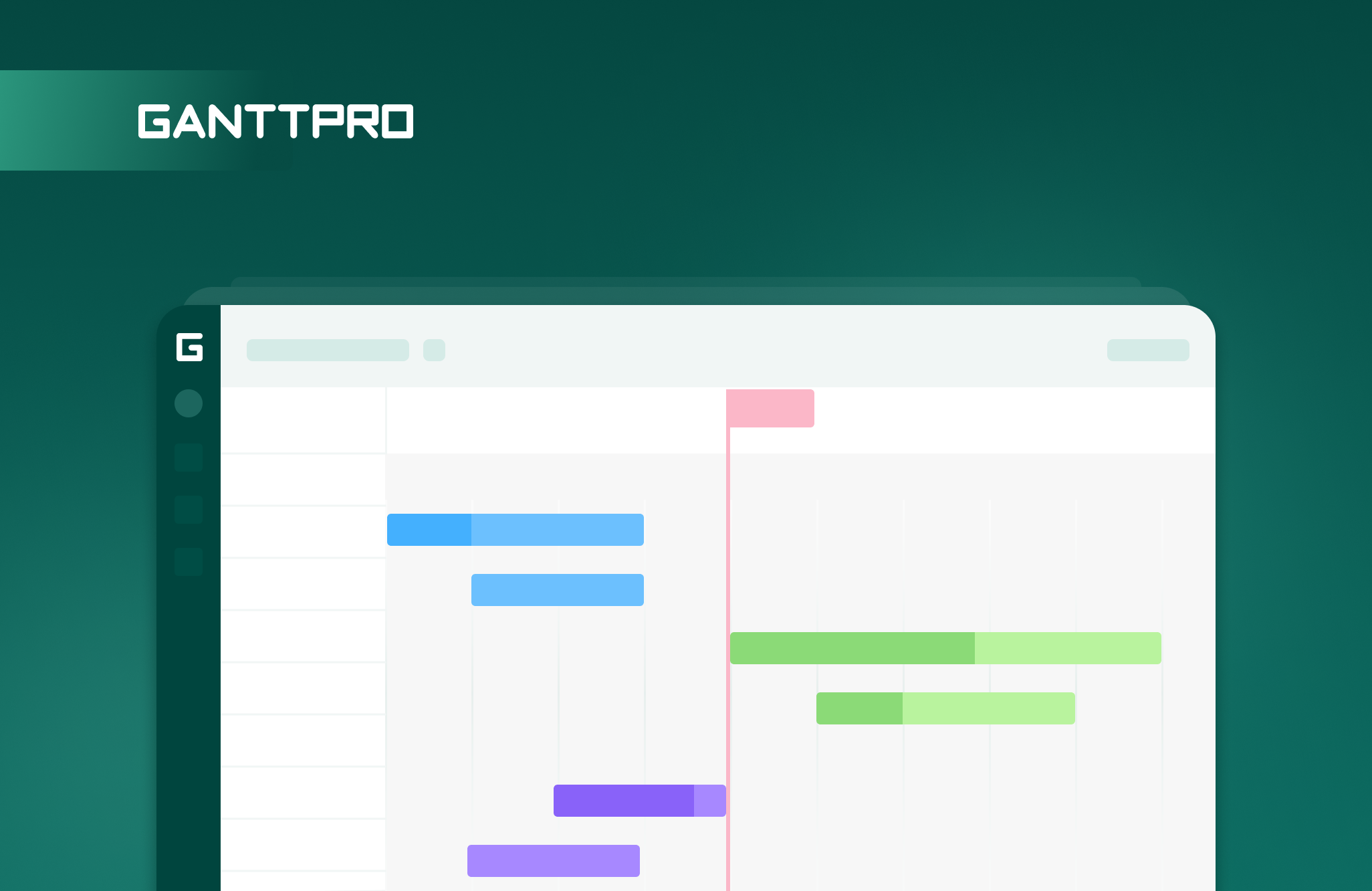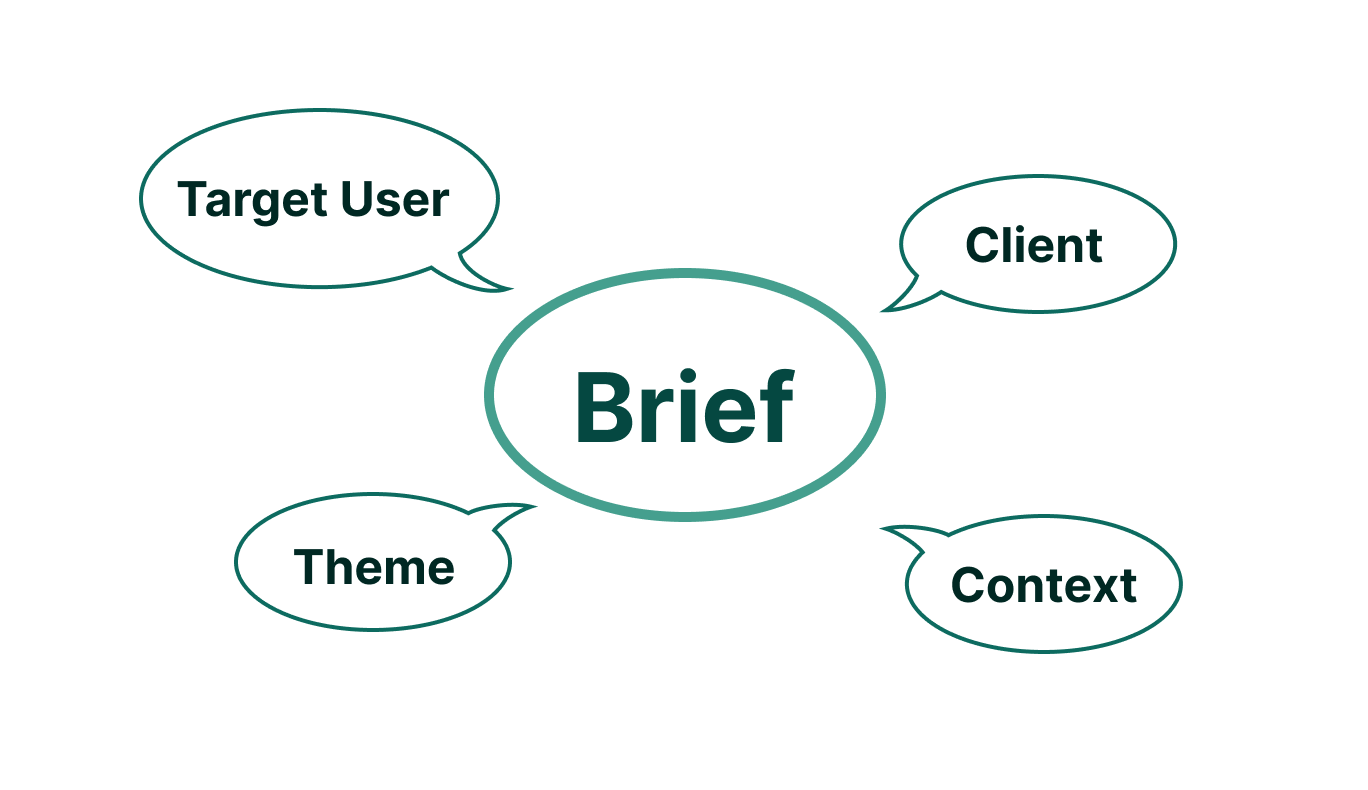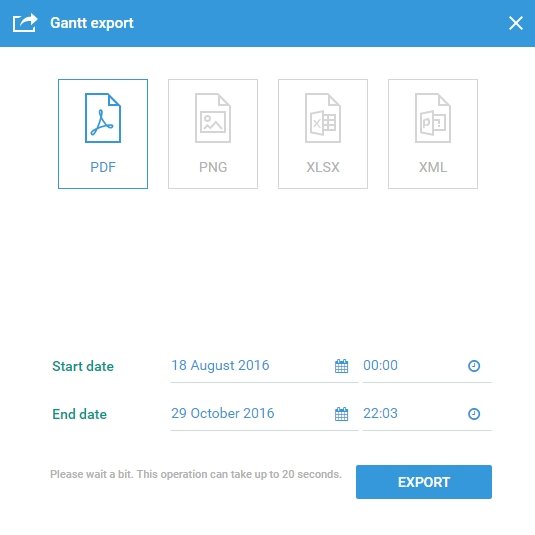Creating a Project Brief: the Starting Point for Any Project

Every journey begins with a ticket. Is it possible to fly to another country without a boarding pass? Hardly. In the same way, any project starts with a brief.
What is a brief?
A brief is a simple document that outlines a summary of your project ideas. It highlights all the milestones and shows what work needs to be done.
Sample briefs are often associated with project proposals, summaries, breakdown or scope of work document.
How do I write a brief?
A sample brief defines primary customer’s requirements for the tasks.
Usually, projects begin with this document. A client should send the brief information to the manager with all the details. According to the data provided, it can be easy to start the realization of the project and discuss the details.
Any helpful brief should contain all key points and milestones.
There isn’t any unique brief template and you are free to create your own document based on your requirements and needs. Different projects (such as web or mobile development, design, PR, logistics, etc.) requires different briefs. In this article, we’d like to compile the basic ideas about a sample brief creating and to describe important points that will be helpful for you.

Before writing a project brief: strategic pretreatments and important questions
If you decide to create a great brief template for another person, you should understand that it will take more than just 5 minutes.
It is a good idea to sit down in peace and quiet and think about who, what, when, where, why, and how things will be organized in your brief template.
Answering these questions will help you to describe your sample client brief:
- Why is your project being undertaken?
- What is the background of the problem that has prompted you to go ahead with your objective?
- What is required?
- What are the goals and objectives?
- What are your budget opportunities?
- Who should be involved in your project?
- What will your team members be responsible for?
- What resources are available?
- Will your tasks require detailed supervision?
- When should the project start and finish?
- What are the specific dates of each phase?
- Where and how should the project be carried out?
- What methodologies are required to analyze the information?
- What are the time frames for the completion?
- What performance indicators can be helpful in evaluating the result?
- Who will manage the reporting requirements?
- Who needs the final report?
Preparation of the brief template may be realized basing upon:
- Business cases and other existing information you need for the strategic brief.
- Surveys, site information and analysis of existing accommodation.
- Workshops to establish needs, expectations and priorities.
- Interviews and input from other stakeholders.
How to write an effective project/design brief template?
The best projects are born from successful concept brief templates that are created to inspire the performers. This document is focused on the desired results of any project. The main goal of the project brief is to provide the understanding of what’s to be accomplished. And if you prepare it, your aim is to provide more details.
A strategic design brief helps to identify the scope and key details of your upcoming project. It effectively guides the workflow from early conception to completion.
If a manager and clients have reached consensus before any work begins, they will likely avoid many unnecessary revisions or “We didn’t ask for that” moments during and after the project.
5 advantages of using client brief templates that help to find consensus before any work begins:
- Give designers the necessary background and insight.
- Suggest you and your team a detailed picture of the customer’s expectations.
- Give customers a feeling of involvement in the process. They can be sure that the task has been properly understood.
- Provide design specifications upfront.
- Help to define “must not-haves” and understand the customer’s preferences.

The key elements of design briefs
A sample brief can come in a variety of sizes and forms depending on the type of the project. But there are common elements of any effective design brief. Here’s all you need to know about it.
1. The profile of the company
This section should contain an overview of the client’s business. It will help the working team to understand the client and the brand.
All the details should be mentioned here, including the name, products lines, industry features, etc. Brand mission and the list of competitors may be also included.
2. Project overview
This section should include the project description with all the possible details and view on the scope and scale of the project. You should clarify if your customer builds something new or redesigns something that already exists.
3. Objectives/goals
A project purpose should be a clear and measurable statement of the business outcomes the project is supposed to achieve. It should highlight the expectations of what you hope to achieve.
The project may never be implemented because there are no clear goals and objectives.
4. Target audience
In many cases, it’s extremely important to develop a solid understanding of the users who will be interacting with the product. You can be provided with relevant research about the customer’s target audience. But sometimes you will need to do your own research.
This audience research should consist of users’ age, gender, habits, and preferences.
For example, the global project purpose is to review, redesign and extend one of the websites.
What you really need is to refresh the design, improve the quality of content and implement a content plan, increase revenue with the help of online shopping, etc.
The mission of the site is to inform people who interested in seeking information about the customer’s product (let it be medical equipment). The secondary purpose is to increase revenue.
The site should be a helpful communication tool and should achieve the following objectives:
- to promote the positive image of the company and the equipment;
- to help seeking required information through case studies and articles;
- to create an information channel for the audience;
- to provide information to partners and sponsors;
- to generate revenue through online sales;
- to improve efficiency with online selling tickets to medical events.
A project brief template vs a creative brief template: is it any difference?
Both documents serve as communication means between clients and the team. Creative brief questions look also the same as project brief questions. But they nevertheless have some differences.
- A project brief is mostly used for IT projects. It is usually focused on technical matters: schedules, deliverables, timetables, and logistics.
- A creative brief is created through interviews and negotiations between customers and creative teams before the project starts (an advertising or a logo creative brief). This kind of brief defines how to connect with the audience by defining their needs and motivations. The creative brief is used specifically in projects that require some kind of creative strategy such as branding campaigns, ad activities, marketing, graphic design, etc.
How to write a creative brief? The example of image video creating for GanttPRO
Task title: Christmas video
Organization name: Gantt Chart Software – GanttPRO
Date: December 1
1. Project overview
We need an interesting and viral video about GanttPRO service and team, which will describe the latest updates and features and wish our clients Merry Christmas. The main goal of the video is to become closer to our customers.
Our objectives are:
- to thank for using the service;
- to show that we support our users and know all their achievements and difficulties;
- to tell about future plans;
- to wish them Merry Christmas and Happy New Year.
2. Deliverables needed
To write a scenario, to initiate the design, to describe backstage issues, to prepare all adapted copies for external and internal channels.
3. Company background
- What do we do? We propose Gantt Charts online service for project managers.
- What’s our business story? We started to offer our service a year ago and now we have more than 140K active users from all over the world. We started as a small startup with 2 developers. The detailed information about our product can be found on our official website and YouTube channel.
- Who are your competitors or who you might be compared with? All Gantt Chart-oriented services such as MS Project.
4. Audience
The primary audience we are trying to reach manages its projects in IT, construction, educational and financial spheres.
5. Message
The main message the audience should be left with: Our service really helps in management and significantly assists in implementing great projects. We think highly of our customers and take care of them. (Plus beautiful and sincere congratulations on Christmas).
6. Tone
Sincere video with a customer-oriented message, non-formal.
7. Budget
Tbd. We can maintain the budget in the budget planner.
How great briefs help to build project charts and timelines
After receiving the competently filled brief, project managers can transfer project information into their timelines and charts. On the basis of the good brief, it is easy to make a project plan using friendly Gantt charts templates. You can export your Gantt charts to pdf, xlsx, xml or png files.

GanttPRO tools for project management will assist you to continue your work with the brief.
Here you can find some useful info about Gantt charts:
